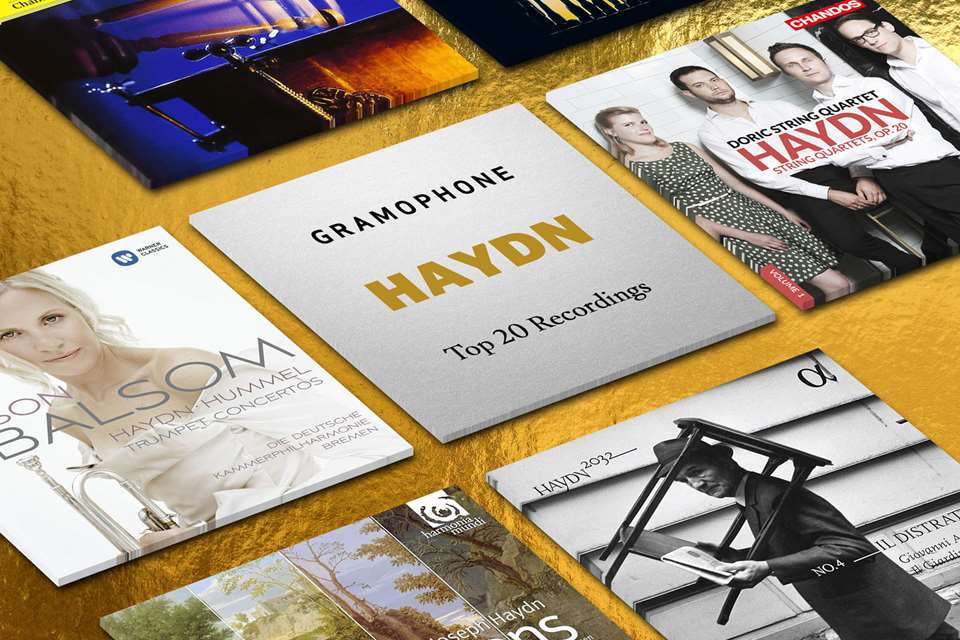Clara Schumann: Top 20 Recordings
Tuesday, June 11, 2024
Clara Schumann's music has a depth and originality that has inspired many outstanding recordings. Here are 20 of the finest, from Isata Kanneh-Mason, Tasmin Little, Carolyn Sampson and more
Register now to continue reading
Thanks for exploring the Gramophone website. Sign up for a free account today to enjoy the following benefits:
- Free access to 3 subscriber-only articles per month
- Unlimited access to our news, podcasts and awards pages
- Free weekly email newsletter
















